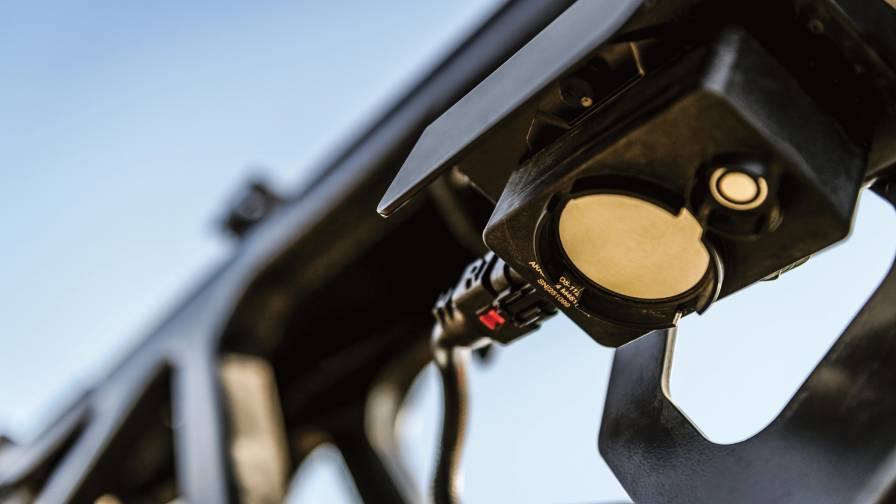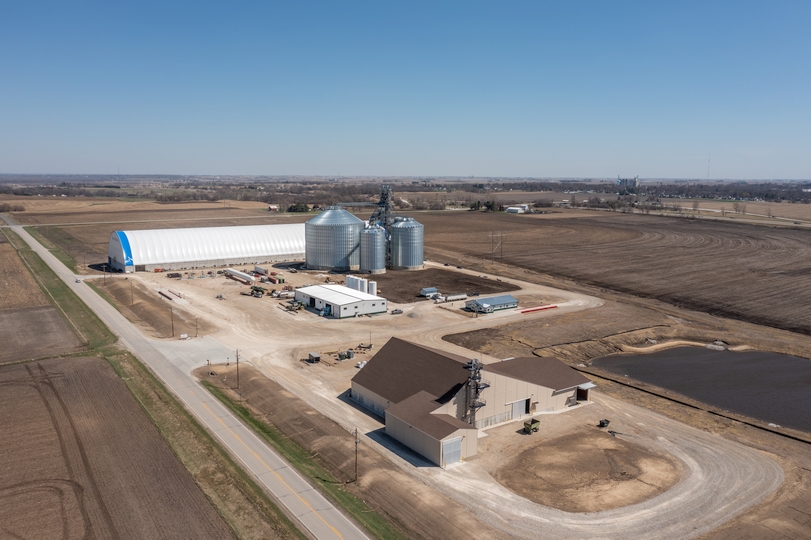A Golden Age For Application Equipment
When discussing the state of the ag retail and agricultural markets, much of the talk usually turns to such high profile topics as outstanding commodity prices, crop nutrient applications and seed choices. One area that doesn’t come up as often — but remains just as important to overall health of the industry — is equipment.
“It’s true that many of the decisions we make as ag retailers each season start with the crop inputs, but you can’t overlook the machines we use to store, deliver and apply these,” says Doyle Pearl, co-owner/general manager for J.B. Pearl Sales & Service Inc., St. Marys, KS. “Having good, reliable equipment is just as important, if not more so. Without these, we couldn’t do our jobs as retailers to our grower-customers.”
And this market reality has kept the ag retail equipment industry humming for quite some time. Over the past few years, with corn acreage and overall commodity prices on the rise, grower-customers have spent a lot of their income on crop inputs such as fertilizer and crop protection products. In turn, this has kept ag retailers scrambling to not only supply these products to their customers, but have the machines in their fleets to deliver and apply it as well.
For evidence of this trend, you need look no further than some figures gathered from the annual CropLife 100 report. Over the past several surveys, the percentage of CropLife 100 retailers who have purchased new equipment for their operations has steadily grown. In the 2011 CropLife 100 survey, 79% of respondents said they planned to buy new equipment for their outlets during the coming year. By the end of 2012, this figure had improved to 86%. During the most recent CropLife 100 survey, conducted this past September, the number of ag retailers planning to purchase new equipment in 2014 had grown to 88%.
These kinds of numbers are borne out by some from the ag retail equipment manufacturers themselves. Over many of the past three years, the companies that supply units to retailers have consistently reported the elapsed time from an order being placed to delivery for their customers is in the six- to nine-month range. Some manufacturers say it is closer to one year.
“We are very, very busy right now filling orders,” said one manufacturer at the recent Agricultural Retailers Association meeting in early December. “If someone placed a new order with us today, it would be close to 2015 before they would receive delivery of that product.”
The Reasons For Buying
For many ag retailers, buying new equipment each season comes down to a simple numbers game. “We upgrade based on the age of our equipment,” says Scott Firlus, COO for Allied Cooperative, Adams, WI. “Five years is the typical length of time we keep an applicator, for instance.”
Other retailers have an even shorter replacement cycle in place, depending upon the equipment involved. “Our records show that application equipment needs to be traded every three years or maintenance costs raise higher than the costs of trading,” says Tom Fullenkamp, CEO for Golden Furrow Fertilizer Inc., Eldon, IA. “We continually buy anhydrous ammonia tanks, bars and meters each year to expand for higher demand.”
A few ag retailers kill two birds with one stone, so to speak, when buying new units each season. “Most of our equipment purchases are to replace equipment,” says Frank Schumacher, agronomy division manager for Mountain View Cooperative Inc., Black Eagle, MT. “However, in the last few years, we have been replacing and upgrading equipment at the same time. You have to replace equipment at some point in time and upgrades are partially standard procedure and needed to keep up with our producers.”
As for what kind of equipment upgrades most ag retailers are looking for, it boils down to a single word: Technology. “We want our equipment fully loaded,” says Karl Hensley, senior vice president of agronomy for Central Valley Ag Cooperative, O’Neill, NE. “We get all the technology available.”
And this covers a lot more ground than it used to, say ag retailers. A mere 10 years ago, high technology on a self-propelled sprayer likely consisted of a yield monitor and in-cab controller. Today, however, a cab is likely to contain GPS tracking systems, automatic steering systems and individual boom-shut off controls, to name a few.
“We need autosteer, fleet tracking and multiple bin variable-rate technology as well as float and row crop tires on our new dry machines,” says Allied Cooperative’s Firlus. “On sprayers, we need autosteer, fleet tracking and different boom sections based on the crops.”
Coupled with this trend towards more technology in ag retail equipment has been an increase in unit sizes. In recent years, sprayers that have 120-foot booms have become standard with product solution tanks often holding in excess of 1,000 gallons. Spreaders and tenders have also increased in size with multiple bins options and 24-ton capacity units becoming much more common.
However, not all ag retailers are looking for larger equipment. According to Bill Hubbell, general manager for Wilco-Winfield, LLC, Mt. Angel, OR, there are some parts of the country where larger machines can’t service often wet fields as easily as smaller units can. “The focus has moved to covering a large number of acres per day for us,” says Hubbell. “To do this effectively, we need lighter equipment that can run 12 months a year.”
Several manufacturers have apparently caught onto this trend. For 2014, many of the new self-propelled sprayers from AGCO Corp. and Case IH feature smaller product tanks (in the 700 to 800 gallon range) and are lighter weight than previous models.
The Service Question
Despite the many changes to the machines themselves, all ag retailers agree that the one area that ultimately influences their purchase decision is service.
“This is huge, huge,” says Golden Furrow’s Fullenkamp. “If there’s no reliable service available to us, then there’s no purchase being made.”
And while some retailers supplement their equipment service needs by stocking up on their replacement part inventories, the lack of access to reliable service from the equipment dealer is a major factor when it comes to buying new units for their fleets.
“Good service is critical,” says Central Valley Ag’s Hensley. “Having knowledgeable service people and timely service is part of our decision-making on all purchases.”






